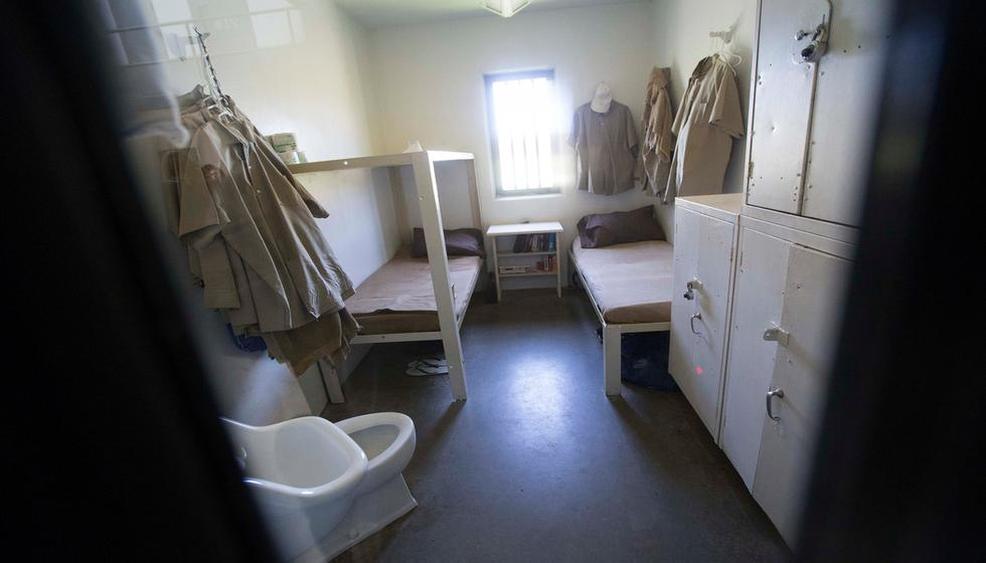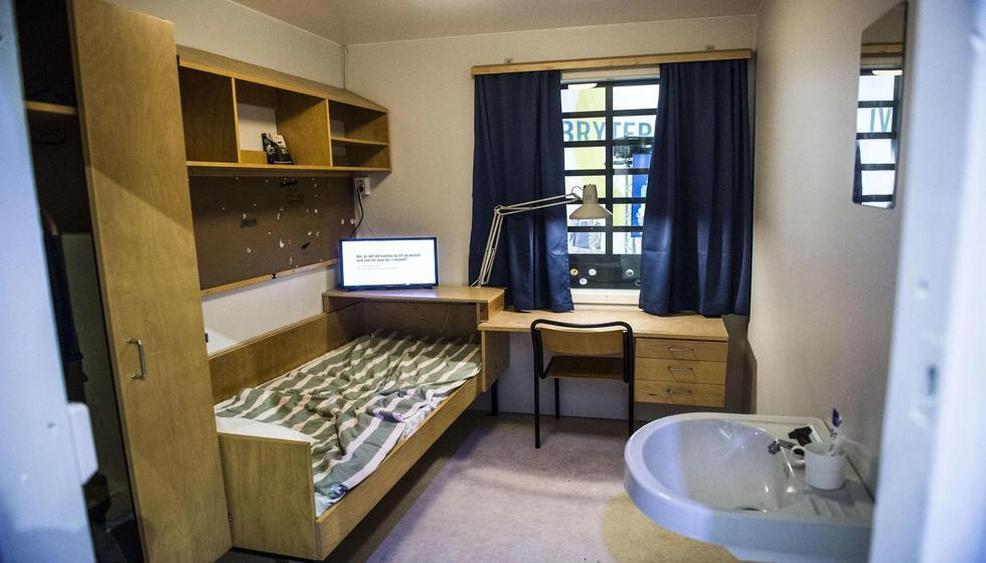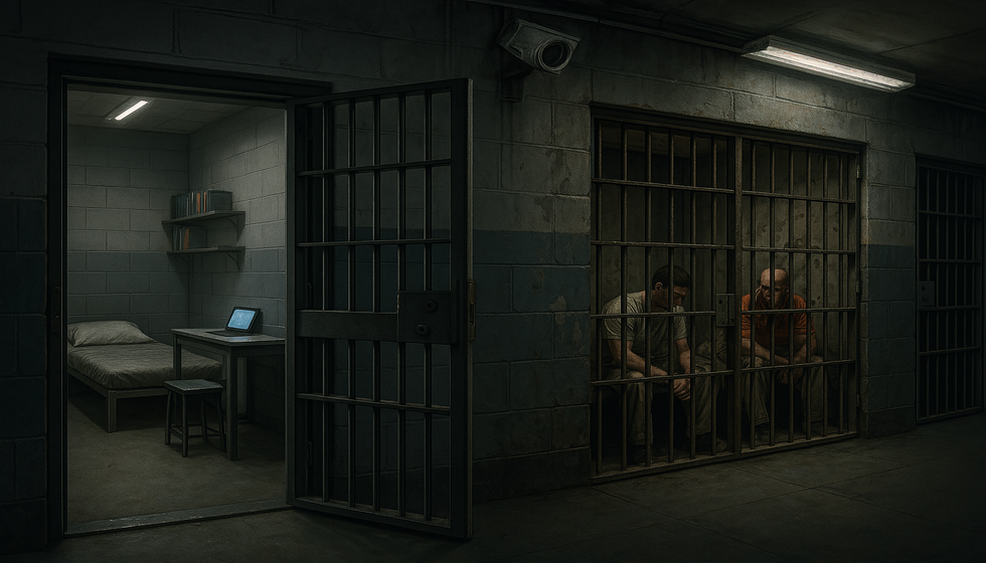In the early 2020s, the Federal Bureau of Prisons (BOP) began to address a disturbing trend: an increase in inmate suicides. Internal data indicated that suicides occurred more frequently among inmates housed alone. In response, the BOP implemented broad policies aimed at doubling up inmates in cells—framing the change as a suicide prevention strategy.
At face value, this appeared to be a proactive, data-driven measure. But as with many institutional reforms, the reality is more complicated—and deeply flawed. The overwhelming majority of suicides do not take place in general population units, but in Special Housing Units (SHUs), often referred to as “the Hole.” These units are designed for disciplinary or administrative segregation and impose extreme isolation, far beyond the conditions of a standard one-man cell.
It’s important to distinguish between solitary confinement in SHUs and single-occupancy cells in general population. For decades, most federal inmates were housed in individual cells—an arrangement that provided personal space and autonomy without the psychological stressors of isolation. Notably, during those decades, suicide rates were significantly lower. This undermines the BOP’s current justification and suggests a misinterpretation—or manipulation—of statistical data to support policies driven more by convenience than concern for inmate welfare.
Segregation by Design
Within prison walls, inmates tend to self-segregate by race, culture, and ideology, often consolidating into prison gangs. Rather than challenge this fragmentation, the BOP has implicitly allowed and, in some cases, encouraged it. The rationale is simple: divided populations are easier to manage. A unified prison population poses a far greater threat to institutional control.
To avoid exacerbating racial tensions, the BOP generally avoids forcing inmates of markedly different backgrounds to share a cell—a tacit acknowledgment that such pairings can be a flashpoint for violence. Historically, to manage these dynamics, prisons maintained occupancy at around 90% of capacity. But that buffer has eroded, replaced by overcrowding justified under the guise of suicide prevention.
Unintended Consequences
What the BOP has failed to do is assess whether this push toward consolidation has resulted in increased violence. Forced cellmate pairings in already stressful environments can lead to fights, assaults, and even homicides—none of which are tracked in relation to the suicide-prevention rationale. It’s a dangerous oversight, one that prioritizes optics over outcomes.

Above is a US Federal Prison Cell in a Low Security Prison designed for 3 men in less than 100 square feet of space
The core issue is not about shared cells versus solitary ones—it’s about chronic overcrowding, under-resourcing, and a lack of institutional accountability. As of 2023, federal prisons were operating at over 100% capacity. Staff shortages, underfunded programs, and deteriorating infrastructure compound the problem. And when violence or death occurs, the blame is invariably placed on the inmates—not on administrative mismanagement or flawed policy decisions.
One-Man Cells: A Model of Stability
Contrary to current trends, there is a growing body of evidence supporting the benefits of single-occupancy cells in general population settings. These are not solitary confinement units, but standard housing where inmates retain access to communal activities, programming, and recreation—while also having personal space for reflection, reading, or education. This structure fosters autonomy and reduces tension.
Many European nations, including Norway and Germany, utilize this model. Inmates often have access to books, classes, and digital tools like tablets. These countries report significantly lower suicide and recidivism rates, demonstrating that humane conditions yield better outcomes for individuals and society alike.

Above is a medium security prison cell in Sweden, designed for one inmate
The Roots of Despair
Inmate suicide is rarely about being alone—it is about hopelessness. U.S. federal prisons have, in many cases, deteriorated to substandard levels. Showers are often unsanitary, harboring mold and bacteria. Meals are nutritionally insufficient and frequently unpalatable. Commissaries are chronically understocked. Phones, email, and video communication systems are unreliable. Recreation and programming are routinely suspended due to lockdowns or staff shortages. Effective addiction treatment—crucial for over 50% of the incarcerated population—is virtually nonexistent.
In these conditions, the BOP's answer has been to further limit personal space—to “pack them tighter.” This policy is not only ineffective; it is inhumane.
Solutions
- Reinstate and expand one-man general population cells to promote mental stability, safety, and personal accountability.
- Invest in mental health and addiction services with trained professionals delivering consistent, evidence-based care.
- Restore access to recreation, education, and vocational training as foundational components of rehabilitation.
- Monitor and publicly report data linking housing conditions to incidents of violence, suicide, and inmate well-being.
- Modernize infrastructure to provide clean facilities, healthy food, functional communication systems, and basic hygiene.
- Reform internal segregation policies by fostering programs that build understanding across racial and ideological lines.
We must stop using manipulated data to justify failed policies. Treating inmates with dignity, providing space to think and grow, and offering genuine opportunities for rehabilitation is not just a moral imperative—it’s a proven strategy for safer prisons and a stronger society.
